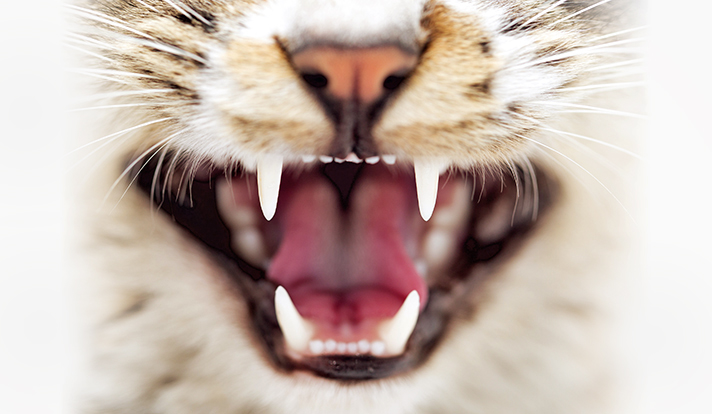
Activating these neurons in living mice prompt them to pursue
«This area, the central amygdala, seems to allow the animal precise control over the muscles involved in pursuing and capturing prey,’’ said Ivan de Araujo, associate professor of psychiatry at Yale School of Medicine, associate fellow at John B. Pierce Laboratory, and senior author of the paper.
In their experiments, de Araujo and colleagues used a
Normally behaving lab mice «jump on inanimate objects and bite them» when both sets of neurons are activated, de Araujo said. Activating these neurons also increased the efficiency with which mice hunt and capture live insects, in addition to making them pursue and attack animate toy insects.
The two sets of neurons seem to act as relay stations that trigger hunting behavior after the animal detects visual signals of nearby moving prey, he explained.
These areas of the amygdala are preserved in almost all vertebrates, attesting to their importance in evolution, noted the Yale researcher. Interestingly, these regions seem to be absent in brains of some species such as lampreys, which have no jaws, de Araujo noted.
His lab studies feeding behaviors of mice in the lab, but de Araujo said he felt «we needed to truly understand how an animal pursues food in a natural environment.»
Wenfei Han of Yale is first author of the study.
Source: http://news.yale.edu/2017/01/12/keys-hunting-behavior-tucked-deep-vertebrate-brain


